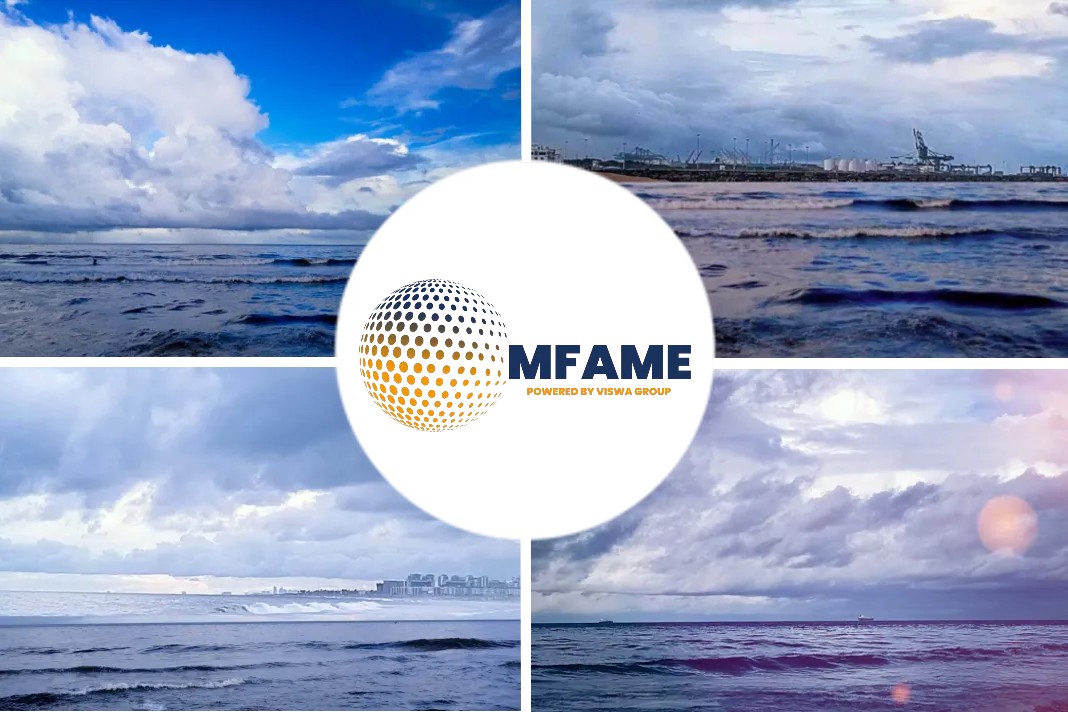The Intersessional Working Group (ISWG) on Greenhouse Gases (GHG) ISWG-GHG 12 took place from 16 to 22 May 2022, concluding that there was now consensus to price emissions at IMO, “as part of a basket of mid-term measures”, reports Safety4sea.
According to UMAS, this is a major development which would put a price on shipping’s GHG emissions, and that has been on the table at IMO for more than a decade.
Previous debates showed apparent disagreements between member states on these measures. Overall, good progress has been made in the first 12 months of IMO’s work on mid-term measures.
“The IMO is on track for the schedule it agreed last year. And there is a lot of convergence about the objectives the final policy design will need to address,” said UMAS.
There are a range of possible policy mechanisms (technical measures like mandates and economic/market-based measures) on the table which will now go through for further discussion, refinement and prioritisation.
Timescales for further policy development and implementation
The development of mid-term measures is scheduled in accordance with a workplan adopted at MEPC 76. This had three phases of development:
- Phase 1 – collation and initial consideration (spring 2021 – spring 2022)
- Phase 2 – assessment and selection of measures (spring 2022 – spring 2023)
- Phase 3 – development of measures(s) to be finalised with an agreed target date unassigned, as yet.
Whilst many member states are expressing the high urgency for the adoption of mid-term measures (MTM), the existing specifications for the timescales of phase 1 and 2 and processes of the IMO suggest that entry into force of MTM may be 2026 at the earliest. The key determinants of this are:
- How policies are now designed to address needs of a broad range of member states
- How smoothly the assessment of impact on States progresses
- How pressure and momentum is maintained both within, and outside, the IMO for urgent adoption of MTM
Availability of fuels and flexibility
The potential postponement to 2025 of entry into force for that policy was informed by a fuel availability study conducted in 2016/17. There will be further discussion of fuel availability studies at MEPC 78, and this is likely to remain a key element for further work as we move into phase 2 of the workplan.
There were three different approaches discussed in the session for addressing this concern, proposed by different member states:
- Proponents of GFS suggested incorporating a flexibility mechanism into the policy’s design – this could be a means to trade credits from overcompliance (e.g. achieving much greater reduction in emissions), or pay a price for non-compliance
- Some supported relaxing the Well-to-Wake (WTW) emissions framing for the initial phase of implementation of MTM, allowing access to a wider supply of fuels until supply chains for fuels that have minimal WTW emissions were established
- Some proposed that the solution to the concern lay in the design of the basket, with a GHG levy’s flexibility and revenue-use supporting deployment being the main driver during the initial phase of transition, and a fuel standard’s stringency and certainty being used in the second phase of transition
Impact on states
There are several different types of member state challenges expressed:
- SIDS and LDC’s vulnerability to climate change impacts and dependence on maritime for imports, and a need for generalised (not maritime specific) mitigation and adaptation finance
- Strong-exporter developing economies expressing concerns about general impact on trade/exports
- More remote developing economies expressing concerns about trade competitiveness
- Concerns about access to technology and investment for new fuels that enable shipping’s decarbonisation
- Concerns about impacts on ports and infrastructure and need for adaptation funding
“An encouraging signal for the shape of the transition was that a majority of members states mentioned equitable transition in their intervention with the only main division between calling for equitability and questioning how the concept can be implemented in the policy design work,” UMAS concluded.
Did you subscribe to our daily newsletter?
It’s Free! Click here to Subscribe!
Source: Safety4sea























